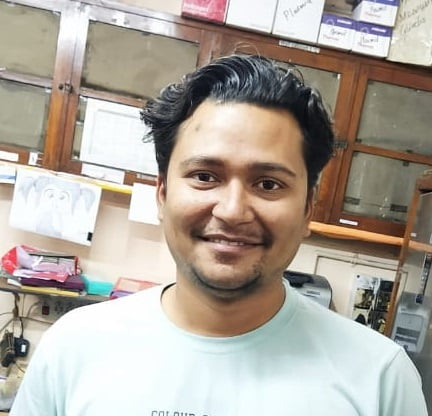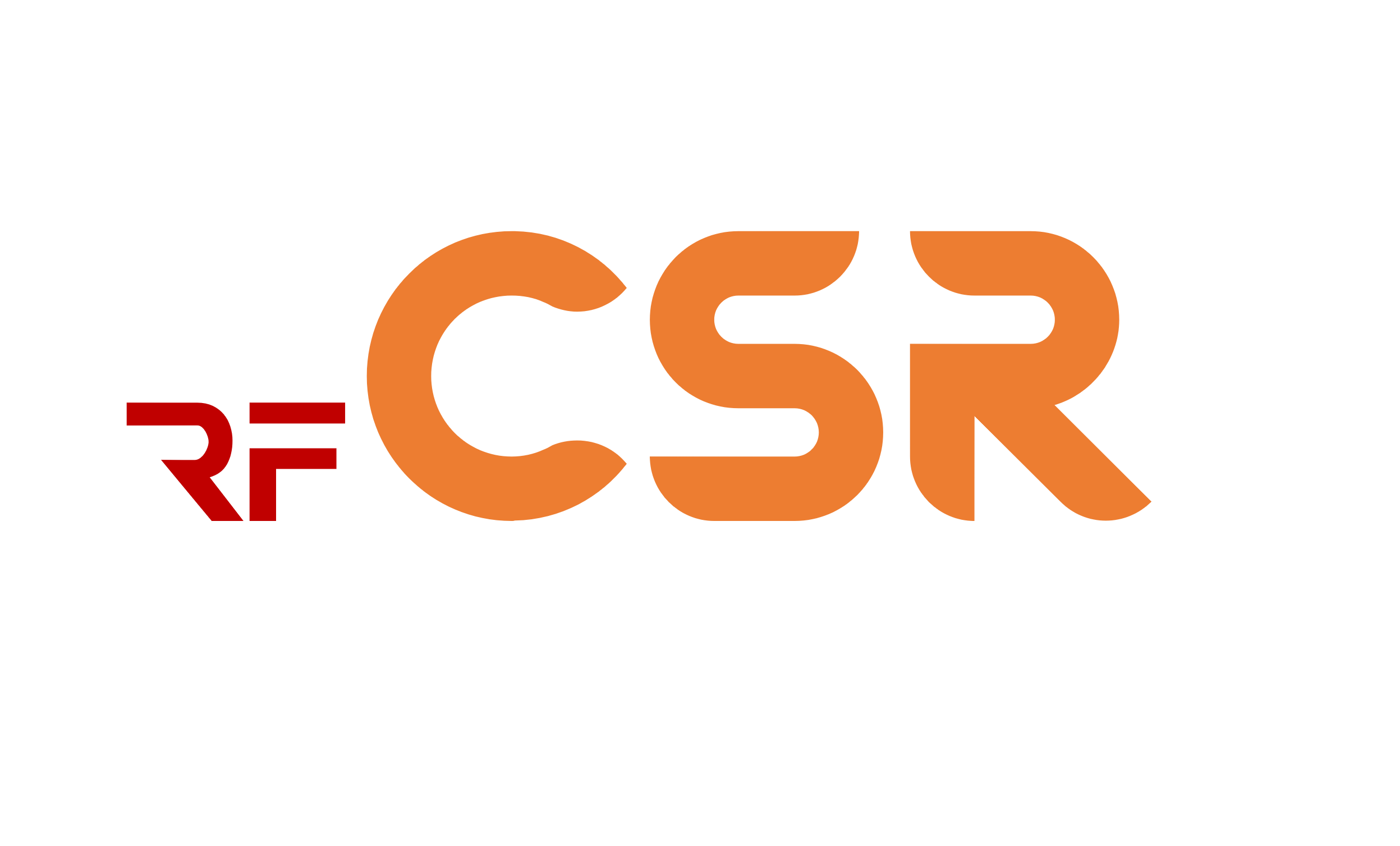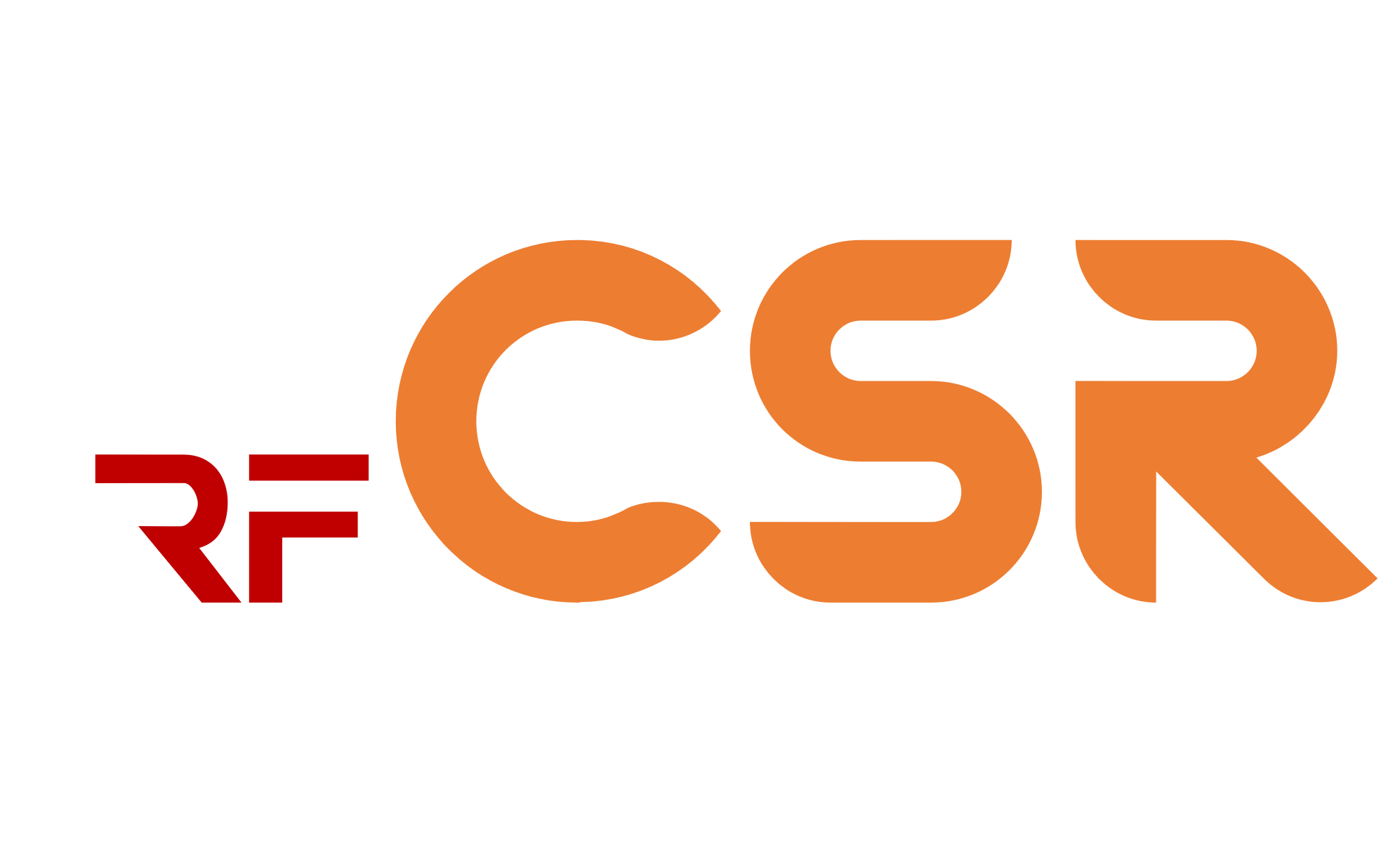——— February 02, 2022 | Education & Training
Crafting a successful scientific cover letter

Avijit Das, PhD
Tel Aviv University, Israel
Researcher, Science Writer
Cover letter for a resume serves as both an introduction and a pitch. It should highlight what makes this person unique compared to others. Cover letter should encourage the reader to read the complete letter, just like a strong sales pitch does.
——— Recent Articles
Cover letter for a resume serves as both an introduction and a pitch. It should highlight what makes this person unique compared to others. Cover letter should encourage the reader to read the complete letter, just like a strong sales pitch does.
Like a strong sales presentation, a strong cover letter has a number of qualities. First of all, it avoids doing injury, just like a competent doctor would do. Second, it shows that the product meets the demands of the target market, which is your future employment. Thirdly, it reassures the buyer that the product’s (you) quality is excellent. All of this is more easily spoken than done. In order to represent yourself well and secure an interview, how should your cover letter be written? A plan is necessary first. The cover letter must unquestionably be customized to the specific school if it is to be effective. The letters must carry some effective elements, objective, the match, planning, content of the letter, opening and closing. Put your letter away for a day or two, then go back and modify it. Your ability to view what you’ve written more clearly will be aided by the detachment you get during this brief interval. It is simpler to assess if your paragraphs flow naturally from one paragraph to the next when you are detached. A day or two later, the reasoning that appeared so clear-cut when you were writing can seem considerably less so. Review your CV and cover letter thoroughly to ensure that all of the material is accurate and consistent. A committee frequently skips over whatever differences it discovers and instead moves on to the next applicant.
Finally, strongly conclude your letter. Avoid letting it ramble to a flimsy or indeterminate conclusion. Your image will be one of assertiveness, confidence, and decisiveness when you close with force. Never hesitate to end by asking for an interview. Make sure to have someone with expertise and reliability go through your cover letter. It may be quite helpful to obtain a second perspective on how everything sounds to the reader, as opposed to how you meant it to sound when you wrote it.


